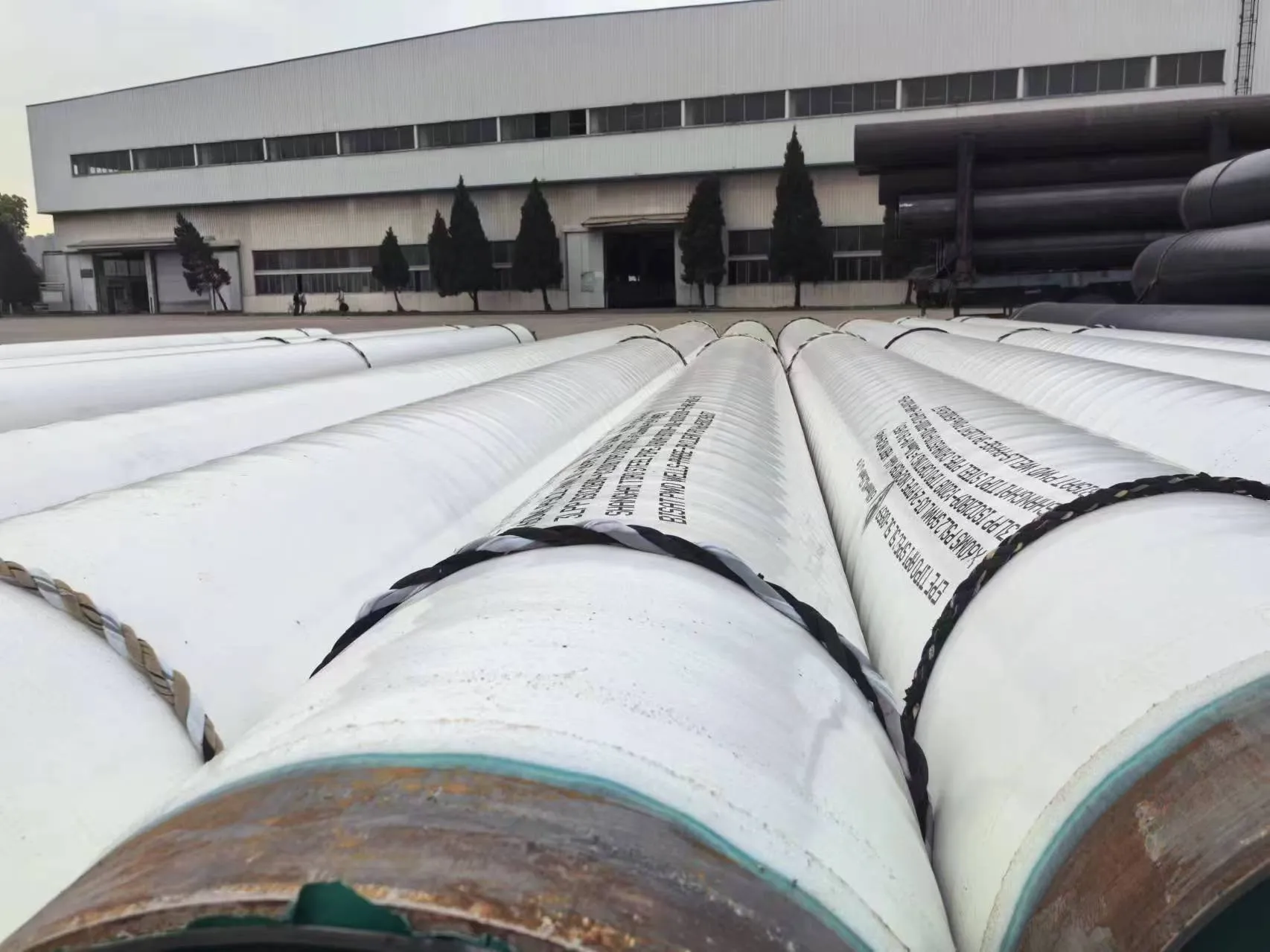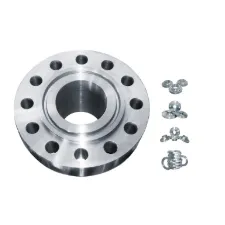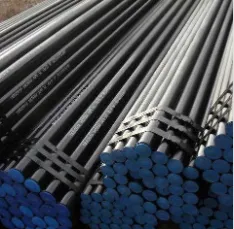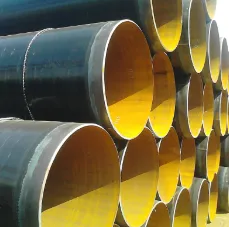

Additionally, compliance with industry standards and certifications can impact pricing. Pipes that meet rigorous international standards like ASTM or ISO may command higher prices due to the quality assurance they offer. The rigor in testing and certification ensures the pipes' suitability in high-stakes environments, justifying their cost. Supply chain dynamics can't be overlooked. Efficient logistics and reliable supply chains minimize delays and ensure consistent product availability, thus stabilizing prices. Conversely, disruptions, as seen during global events like the COVID-19 pandemic, can create supply shortages and drive prices upward. Local and international economic policies also wield influence. Tariffs, import-export regulations, and trade relations can alter pricing dynamics, especially in cross-border transactions. A conducive policy environment can lead to stable prices, while restrictive policies may introduce volatility. For businesses, understanding these intricacies is vital for strategic purchasing decisions. Engaging with reputable suppliers known for transparency can mitigate risks associated with price fluctuations. Long-term contracts with suppliers may lock in favorable prices, shielding buyers from market volatilities. In conclusion, seamless pipe price determination is a multifaceted process steered by material costs, technological advancements, market demand, compliance standards, and geopolitical factors. An in-depth comprehension of these elements, supported by real-world expertise, equips industry players with the knowledge to navigate the market effectively, ensuring their operations remain resilient and cost-efficient. By staying informed and proactive, businesses can capitalize on market trends, securing seamless pipes that align with their technical specifications and budgetary requirements.
Post time: Fev . 19, 2025 03:10
Prev:
















